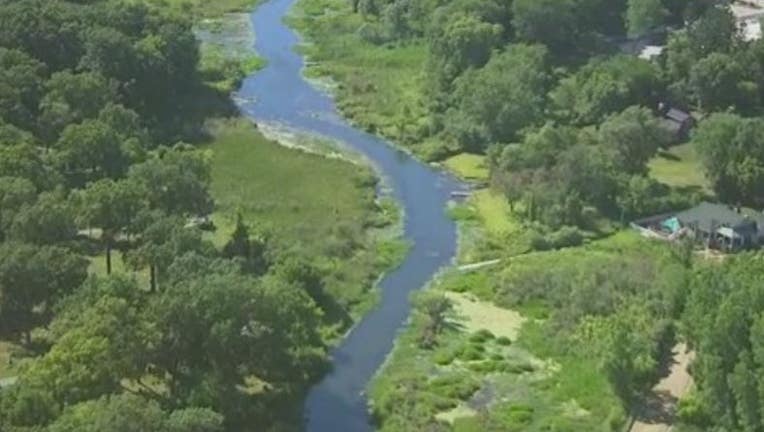Huron River chemical spill: EGLE says test results show no hexavalent chromium in water

WIXOM, Mich. (FOX 2) - Test results from the Huron River showed no hexavalent chromium in the water after a chemical spill was reported.
READ: What is hexavalent chromium?
The Michigan Department of Environment, Great Lakes, and Energy said nine surface water samples were taken Wednesday downstream from where the spill happened in Wixom. Two tests taken Tuesday also detected no presence of the chemical. Surface water samples are taken within the first 6-12 inches of the surface of the water.
EGLE is expanding its monitoring to ensure public health protection. Investigators are testing sewage material within the Wixom treatment plant to determine if contamination remains bound up with the sludge inside the plant.
Crews are also in the field testing at 29 different locations – many with multiple samples – along the river system including Kent Lake. Crews will also test Barton Pond, where the city of Ann Arbor draws drinking water – both as a precaution and to establish baseline data should contamination reach the intake. Modeling estimates that it would take several weeks at minimum for the streamflow to reach the city’s intake.
A "do not contact" recommendation remains in effect for the river between North Wixom and Kensington roads. This includes Norton Creek downstream of the Wixom Wastewater Treatment Plant (Oakland County), Hubbell Pond (also known as Mill Pond in Oakland County) and Kent Lake (Oakland and Livingston counties).
You should avoid touching, drinking, or water plants with the water.
Also, do not eat fish from the river. This part of the river is already under a "do not eat" advisory due to PFOS contamination.
READ: Do not eat fish from these SE Michigan lakes, rivers, and ponds
EGLE said Tuesday that several thousands of gallons of a liquid with 5% hexavalent chromium was released into the sewer system by Wixom company Tribar Manufacturing.
According to the state, EGLE was notified at 3:21 p.m. Monday by Tribar about the release of the chemical to the Wixom Sewage Treatment Facility, but it could have started as early as Saturday morning.
It is believed that much of the chemical had made its way through the treatment plant by the time the release was discovered.

